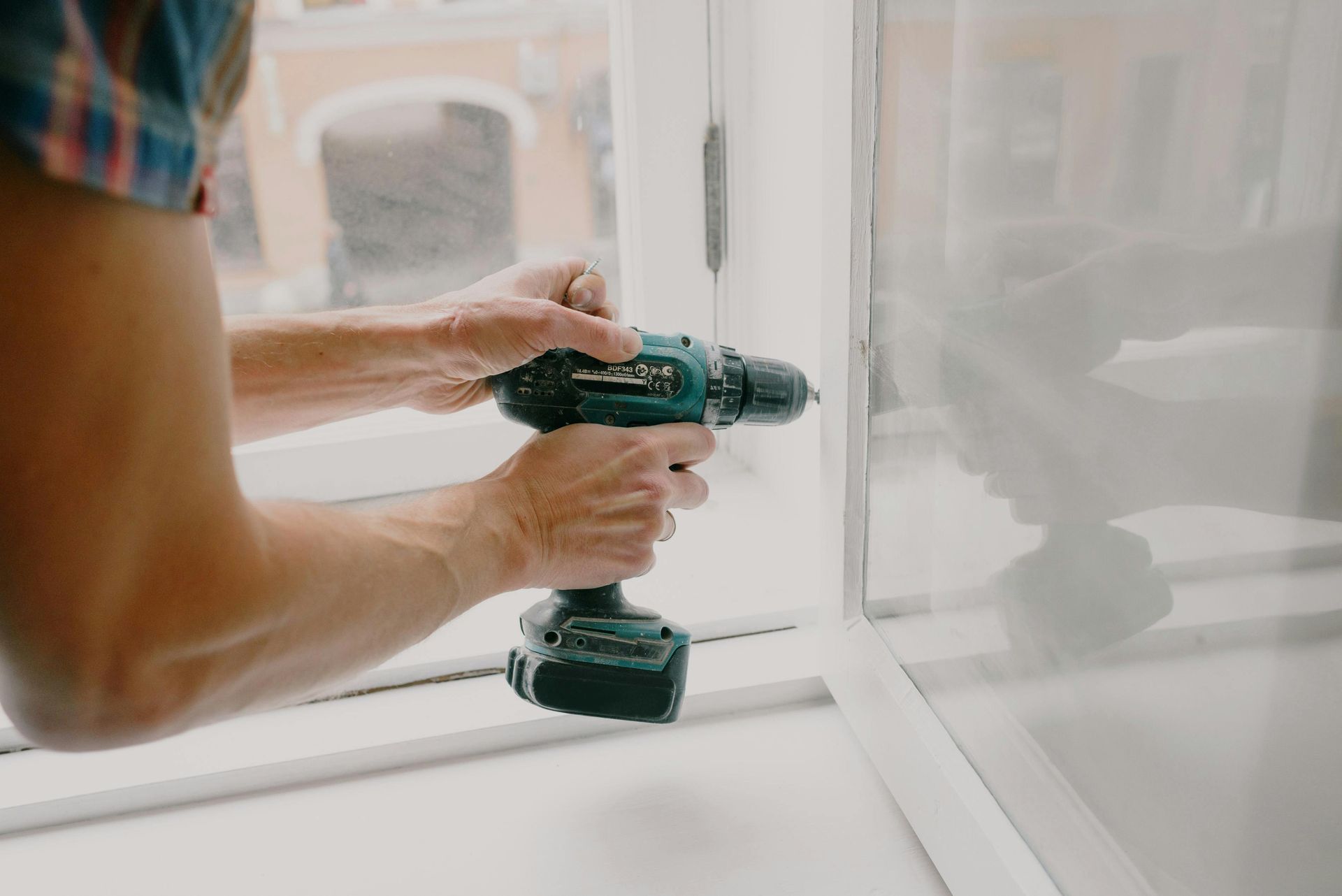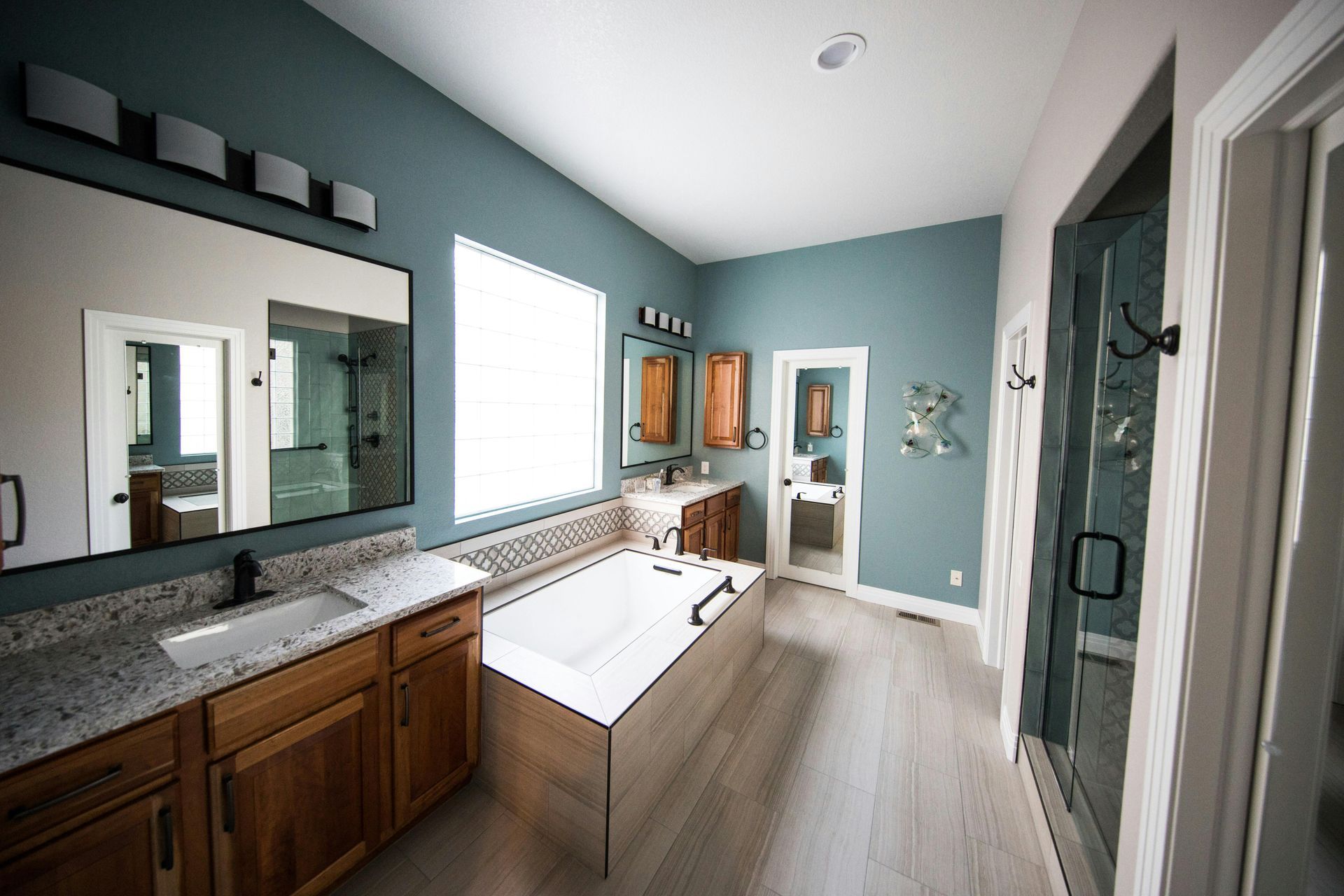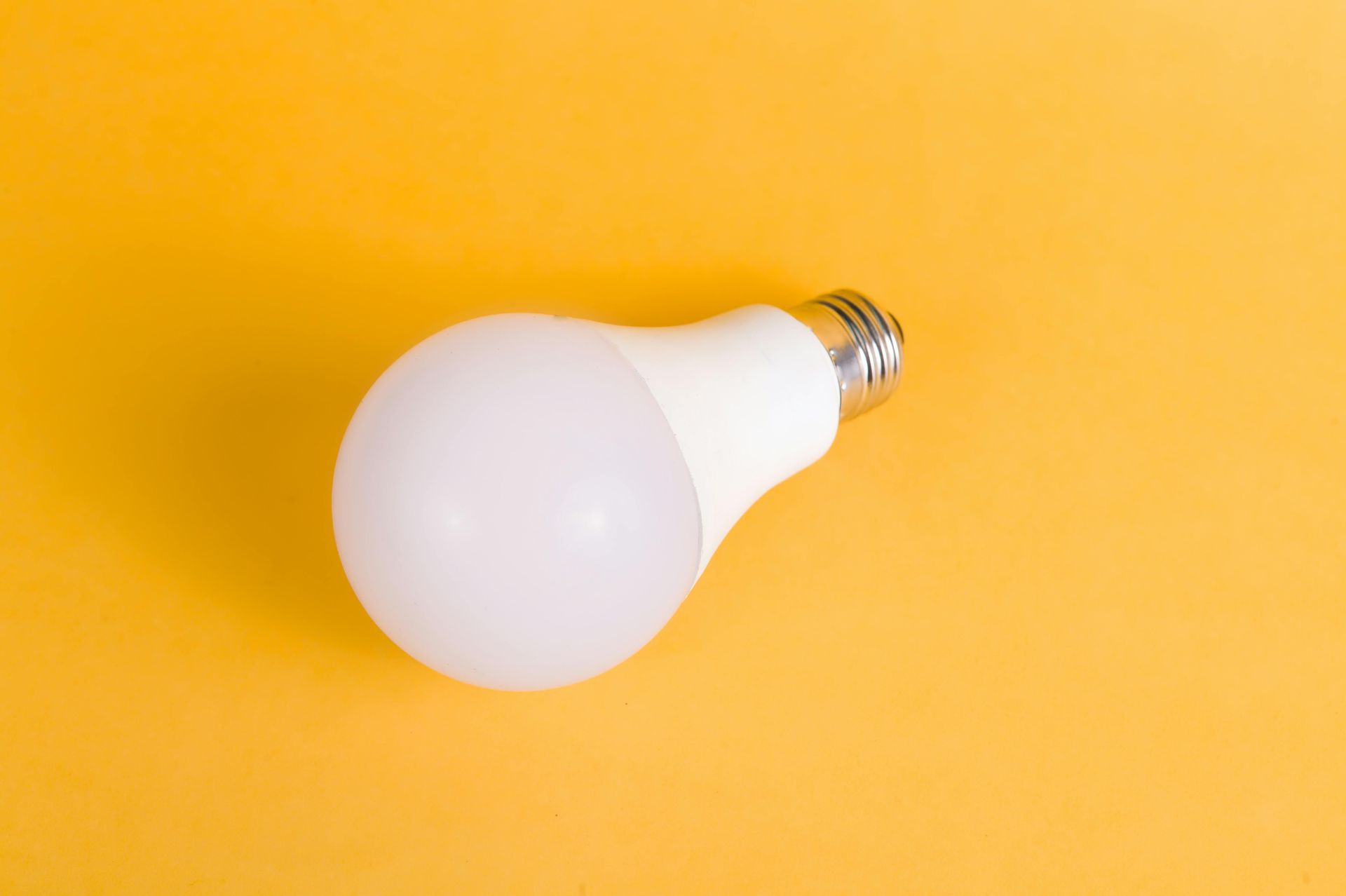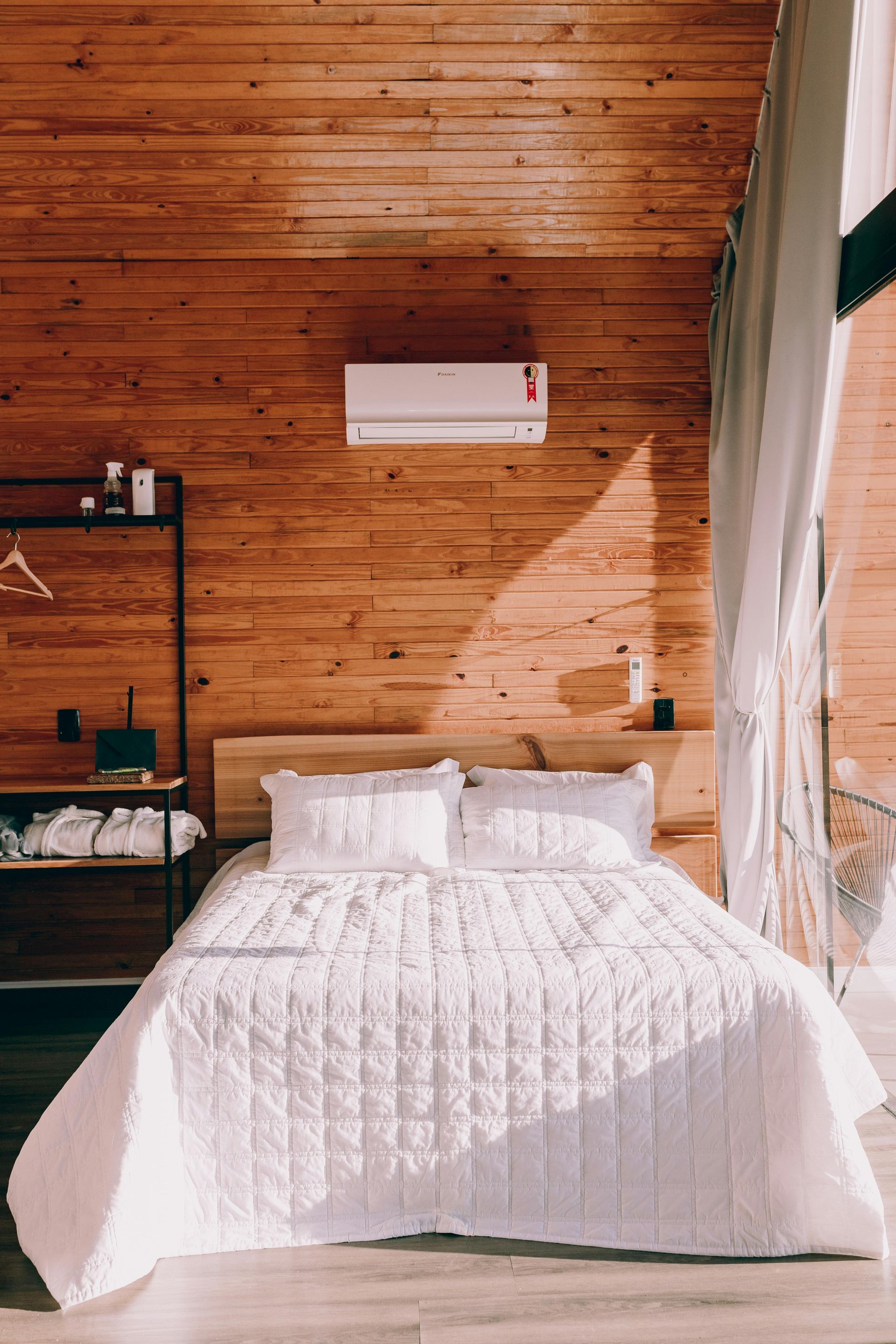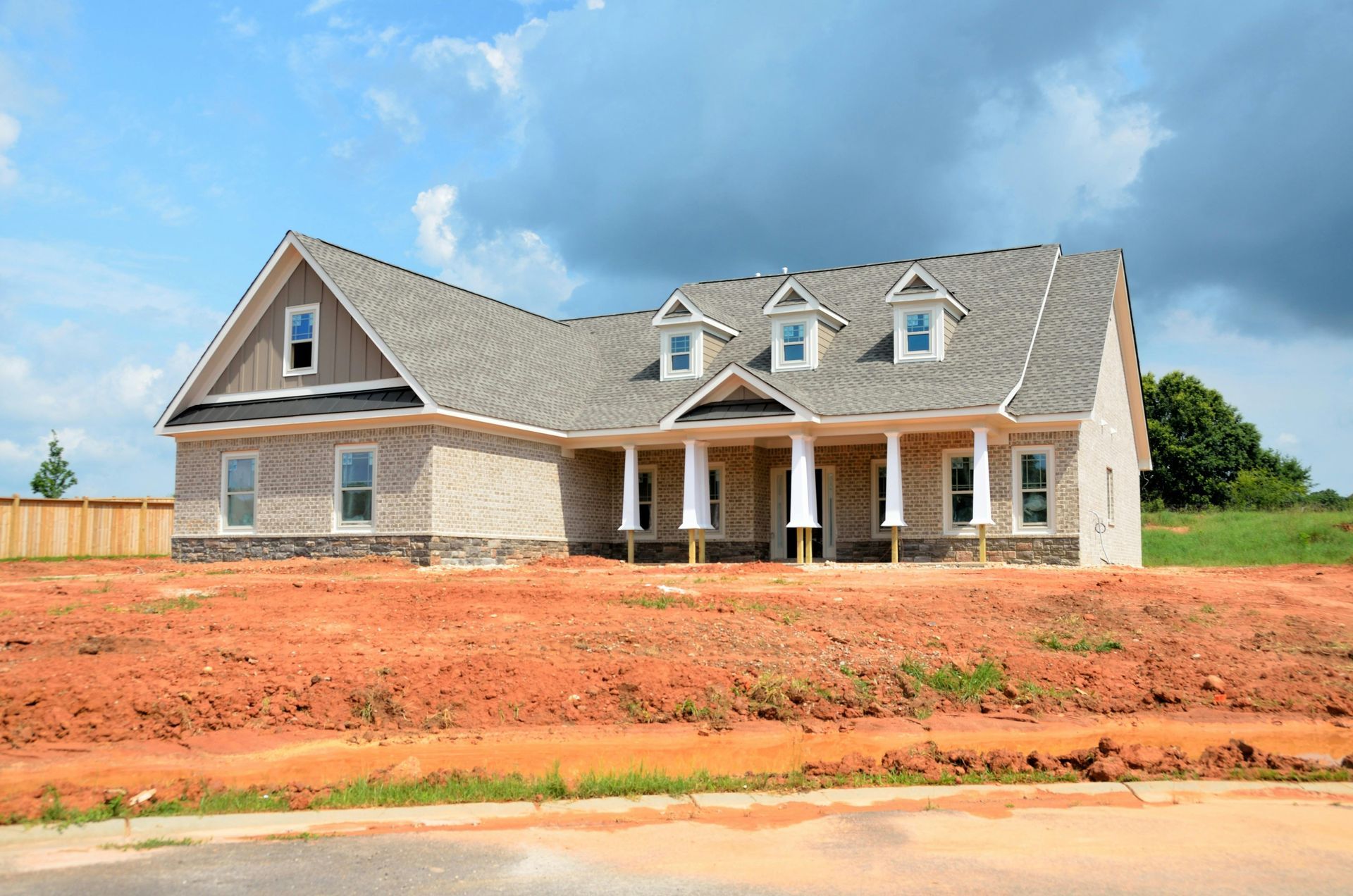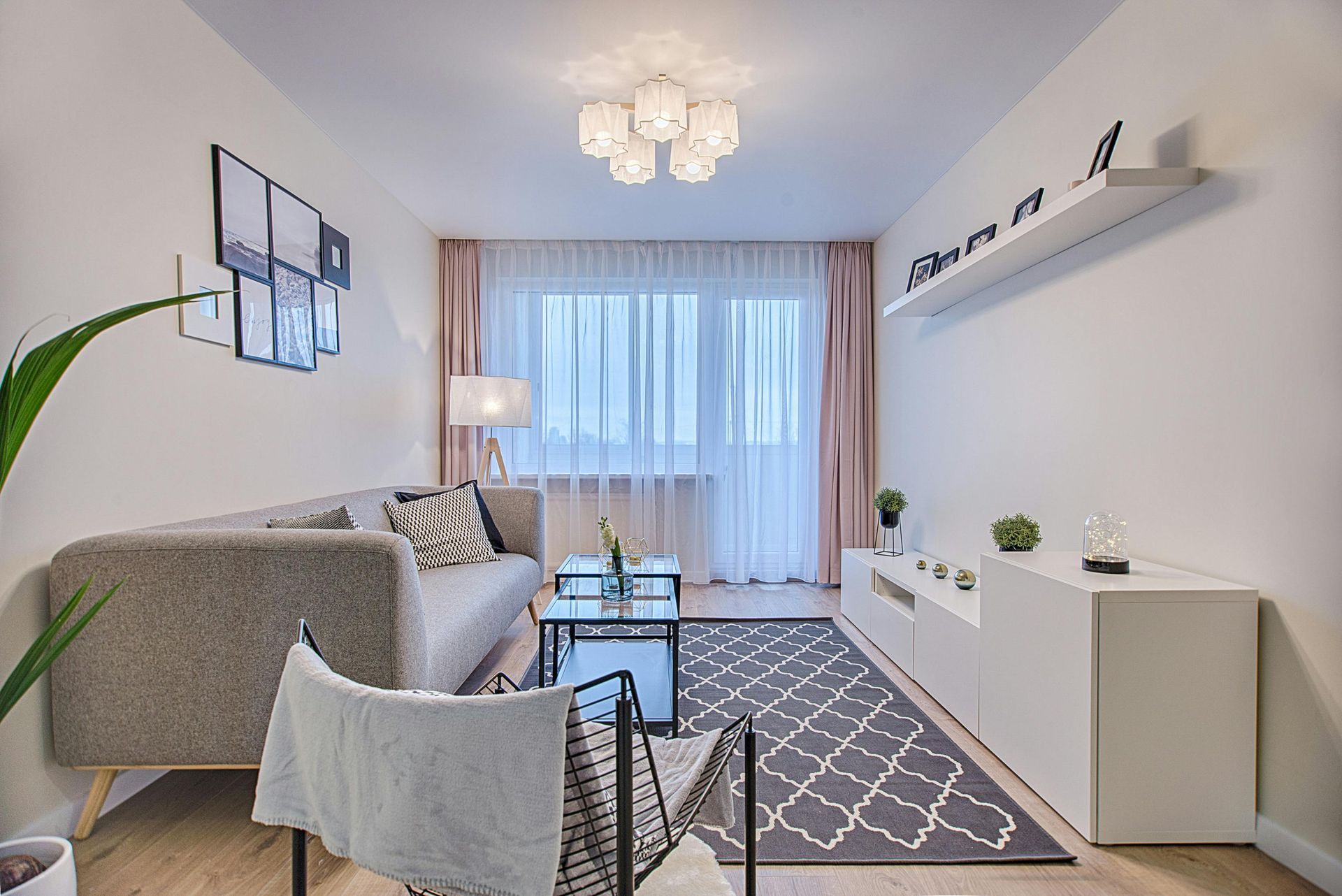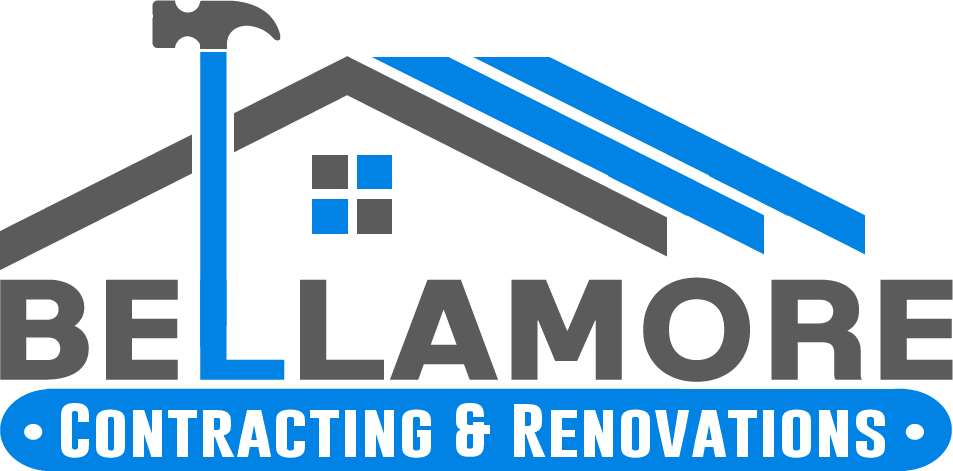Licensed (#RBC-21-01654) & Insured
Local References Available Upon Request
Licensed (#RBC-21-01654) & Insured | Local References Available Upon Request
Illuminate Your Home with the Perfect Light Fixtures
Lighting plays a crucial role in home design, shaping the atmosphere, functionality, and aesthetics of a space. The right light fixtures do more than just illuminate a room—they enhance its character, define its mood, and highlight key design elements. Whether you are upgrading a single fixture or reimagining your home’s entire lighting scheme, thoughtful lighting choices can transform the way you experience your living space.
The key to effective lighting is balance. A combination of ambient, task, and accent lighting creates a well-lit environment that is both practical and visually appealing. By understanding how different light fixtures contribute to your home’s overall look and feel, you can make informed choices that improve both comfort and style.
Types of Light Fixtures and Their Functions
Light fixtures come in many styles, each serving a specific purpose. From functional task lighting to dramatic statement pieces, the right mix of fixtures can help you create a cohesive and inviting space.
Ambient Lighting: Setting the Overall Tone
Ambient lighting serves as the primary source of illumination in a room, providing uniform brightness and ensuring visibility. This type of lighting creates the foundation for any space, allowing you to layer additional light sources for added depth and dimension.
Common ambient lighting options include ceiling-mounted fixtures, chandeliers, recessed lighting, and LED panel lights. Smart lighting systems with dimmable settings allow for flexible control, letting you adjust the intensity to match different activities and times of the day.
Task Lighting: Focused Illumination for Functionality
Task lighting is essential for specific activities that require concentrated light, such as cooking, reading, or working. This type of lighting reduces eye strain and increases efficiency by directing light exactly where it is needed.
Under-cabinet lighting is a popular choice for kitchens, improving countertop visibility for food preparation. Desk lamps and bedside reading lights enhance productivity in home offices and bedrooms, while vanity lighting in bathrooms ensures a clear, shadow-free reflection. By incorporating task lighting into key areas, you can create a more functional and user-friendly home.
Accent Lighting: Highlighting Architectural and Design Features
Accent lighting is used to draw attention to specific elements within a space, adding drama and visual interest. It can be used to showcase artwork, highlight textured walls, or illuminate built-in shelving.
Wall sconces, picture lights, and LED strip lighting are effective options for creating focal points in a room. Cove lighting and recessed spotlights can add depth to ceilings and furniture, while landscape lighting enhances the exterior appeal of your home. By using accent lighting strategically, you can bring attention to your home’s best features and create a sophisticated, layered look.
Decorative Lighting: Statement Pieces That Elevate Style
Decorative lighting goes beyond function, acting as a design element that enhances the character of a room. Chandeliers, pendant lights, and artistic fixtures serve as eye-catching focal points, making a bold statement while providing illumination.
A grand chandelier in a dining room or entryway can add a sense of luxury, while pendant lights over a kitchen island create a sleek and modern aesthetic. Unique artisan fixtures, including hand-blown glass lights and sculptural metal designs, add personality and flair. By selecting decorative lighting that complements your overall design style, you can create a home that feels both elegant and inviting.
Choosing the Right Light Fixtures for Every Room
Lighting needs vary depending on the function of each room. By tailoring your lighting choices to different spaces, you can enhance comfort, improve usability, and create the desired ambiance.
Living Room Lighting: Balancing Comfort and Style
The living room serves as a central gathering space, requiring a balance between comfort and aesthetics. A combination of ambient, task, and accent lighting helps create a versatile environment suitable for entertaining, reading, and relaxing.
Recessed lighting provides even illumination, while a statement chandelier or ceiling fan with integrated lighting adds a touch of sophistication. Floor lamps and table lamps offer warmth and flexibility, allowing for adjustable lighting based on different activities. Wall sconces or LED strips can highlight architectural details, such as fireplaces or built-in shelves.
Kitchen Lighting: Enhancing Practicality and Visual Appeal
Kitchens require bright, functional lighting to ensure safe and efficient food preparation. Pendant lights over islands provide focused illumination, while under-cabinet lighting eliminates shadows on countertops.
Recessed lighting offers general brightness, while a decorative chandelier or linear suspension fixture can add style to dining areas within the kitchen. Smart lighting solutions allow for adjustable brightness, making it easy to transition from meal prep to casual dining.
Bedroom Lighting: Creating a Relaxing Retreat
The bedroom should be a sanctuary, with lighting that promotes relaxation and rest. Soft, warm-toned lighting is ideal for creating a cozy atmosphere.
Bedside table lamps or wall-mounted sconces provide gentle illumination for reading. Dimmable overhead lighting allows for customizable brightness, while LED strip lighting under furniture or along ceilings can add a modern, ambient glow. Smart lighting controls can further enhance convenience by allowing adjustments via voice commands or mobile apps.
Bathroom Lighting: Maximizing Visibility and Elegance
Bathroom lighting should combine practicality with elegance. Vanity lighting is essential for grooming tasks, while overhead lighting ensures general visibility.
Wall-mounted sconces flanking the mirror provide balanced lighting that minimizes shadows. Waterproof recessed lighting in the shower area enhances safety and ambiance. LED mirrors with built-in lighting offer a sleek and modern touch.
Outdoor Lighting: Boosting Security and Curb Appeal
Outdoor lighting improves safety, security, and curb appeal. Motion-activated security lights deter intruders, while pathway and landscape lighting enhance visibility and aesthetics.
String lights, sconces, and pendant fixtures create a warm and inviting atmosphere for outdoor entertainment areas. Solar-powered lighting options offer energy efficiency and sustainability.
Energy-Efficient and Smart Lighting Solutions
Modern lighting solutions prioritize energy efficiency, reducing electricity consumption while maintaining superior brightness. LED lighting is a cost-effective choice, offering long lifespans and lower energy usage compared to traditional incandescent bulbs.
Smart lighting systems allow for remote control, scheduling, and automation. Motion sensors, dimmers, and color-changing features add convenience and customization. Investing in energy-efficient lighting not only reduces utility bills but also contributes to environmental sustainability.
Installation and Maintenance Tips for Light Fixtures
Proper installation and maintenance ensure that your lighting remains functional and visually appealing over time. While some fixtures can be installed as DIY projects, complex installations—such as recessed lighting or wiring for chandeliers—may require professional assistance.
Regular cleaning and dusting help maintain brightness and extend the lifespan of light fixtures. Replacing outdated or inefficient bulbs with LED alternatives improves efficiency and longevity. Checking wiring and connections periodically prevents safety hazards.
Transforming Your Home with the Right Light Fixtures
Lighting is a powerful tool in home design, influencing both aesthetics and functionality. By incorporating a thoughtful mix of ambient, task, accent, and decorative lighting, you can create a home that is inviting, efficient, and stylish.
Whether you’re upgrading a single room or planning a complete lighting overhaul, selecting the right fixtures and placement can make a significant difference. From statement chandeliers to energy-efficient smart lighting, the possibilities are endless.
For expert guidance and professional installation, consider working with experienced lighting specialists who can help bring your vision to life. Investing in high-quality lighting solutions enhances comfort, elevates your home’s style, and ensures a well-lit environment for years to come.




